Building of the Day: 214 5th Avenue
Brooklyn, one building at a time. Name: Originally Alhambra Hall, then Alhambra Theater, now supermarket and apartments Address: 214 5th Avenue Cross Streets: Union and President streets Neighborhood: Park Slope Year Built: 1894-95 Architectural Style: Romanesque Revival Architect: Walter M. Coots Other Buildings by Architect: Alice and Agate Court houses in Bed Stuy, plus many…
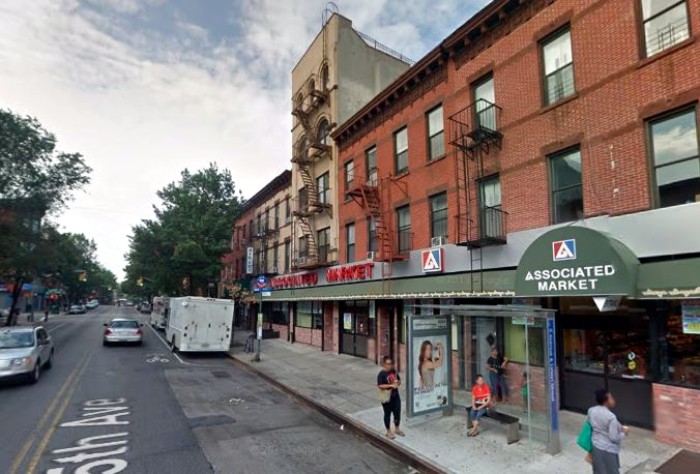

Brooklyn, one building at a time.
Name: Originally Alhambra Hall, then Alhambra Theater, now supermarket and apartments
Address: 214 5th Avenue
Cross Streets: Union and President streets
Neighborhood: Park Slope
Year Built: 1894-95
Architectural Style: Romanesque Revival
Architect: Walter M. Coots
Other Buildings by Architect: Alice and Agate Court houses in Bed Stuy, plus many houses and flats buildings in Park Slope, Bedford Stuyvesant, Crown Heights North, Bushwick, Cobble Hill and East New York
Landmarked: No
The story: So many buildings in our neighborhoods had fascinating histories that we are totally unaware of when we pass them on our walks down the street. This building is a fine example. Since the Associated Supermarket now stretches across several storefronts, with 214 in the middle, unless you are passing across the street, you might never notice how unlike its neighbors this particular building is. All of the other buildings around it are three stories tall, and are classic mid-1880s storefront and flats buildings. This one is a different style altogether, and rises above them at five stories. What was going on here? A bit of digging reveals an interesting past.
Before this building was erected, this was the site of the Fifth Avenue Roller Skating Rink, a wood framed building that was built in 1885, around the same time as the surrounding buildings. The rink was purchased by a group that turned it into the Fifth Avenue Casino, a multi-use entertainment venue. (Casino did not mean gambling at that time.) Up until the building burned down in 1893, it was used for those purposes, as well as a headquarters for an athletic club.
Developer William Assip, who also developed many other 5th Avenue properties in the blocks above this one, bought the property. He commissioned Walter Coots to design a four story building with a storefront on the ground floor and four floors of open loft space above. The building was completed in 1895. Walter Coots was a busy and well-known architect in these parts, with many row houses in this and other neighborhoods to his name. The building looked quite different in those days, much closer to the 1980s tax photo below.
The first tenant called the building the Alhambra Music Hall. Like many such halls in all parts of Brooklyn, the Alhambra was a venue with an auditorium and stage with rooms above that could be used for theatrical events such as vaudeville shows and musical concerts, as well as various rallies, special events and the like. The building also had a full sized bowling alley in the basement, which was home to several neighborhood bowling leagues. They hosted many of the amateur tournaments that took place in the city, as bowling was a very popular sport. The theater could seat 297 people.
The first owners of the hall did not meet with great success, partly due to the box seats designed into the theater, and partly because of opposition to the hall by local religious and civic leaders. At the head of that particular group was the Rev. David J. Hickey at nearby St. Francis Xavier Catholic Church. The hall closed, and it was sold at auction in 1898. A new owner got the place cheap and renovated the space, removing the box seats, and hoped to open again, but the attempt to open as an entertainment venue was not passed by local government.
Between 1898 and around 1914, the building was used as a headquarters for several clubs and organizations. The name was changed to Ehler’s Hall. Several Brooklyn athletic clubs moved in during this time. The bowling alley was still going strong as a private enterprise. The building became the official home of the Imperial Athletic Club of South Brooklyn in 1907.
They held many events here, including fund raising shows in the theater. From the limited description of “spacious quarters,” I assume their headquarters were on one or more of the upper floors. The club had a very successful baseball and football team, with one of Brooklyn’s best amateur quarterbacks. They played other clubs, such as the Crescent Athletic Club, and Ivy League college teams.
Other clubs were associated with the space at this time, as well, including the Brooklyn Rowing Club and the Swedish American Athletic Club. Perhaps the landlord had them all renting the same space, and they worked out their schedules to share the facilities. We’ll probably never know. But at some point, in the middle of the ‘teens, the theater came back, this time as a movie house, appropriately still called the Alhambra.
The theater showed popular films that were especially appealing to the teenage set. Rev. Hickey, over at St. Francis Xavier, was still watching what was going on in his neighborhood, and he was not happy. He and others tried to get the theater closed down, and in the press stated several times that the theater was a “hellhole.” He told the press and the city that “moving pictures shows were causing immorality among young people.” His warnings went unheeded, and the theater remained open until at least 1934.
In 1927, an inspection of the building showed it occupied by the bowling alley in the basement, the theater on the ground floor, and three stories of loft space being used as a garment factory. Today, the theater is long gone, and this floor is part of the Associated supermarket. The loft floors above are all floor-through apartments. The architectural detail on this building, most especially the cornice, is long gone. GMAP
(Photo: Google Maps)
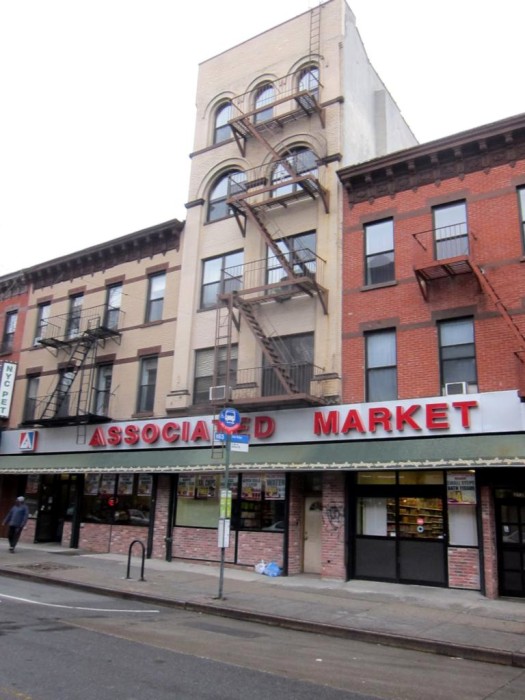
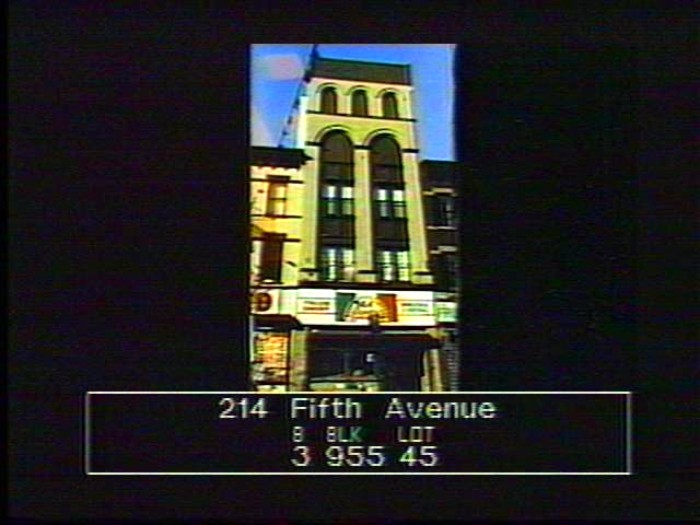
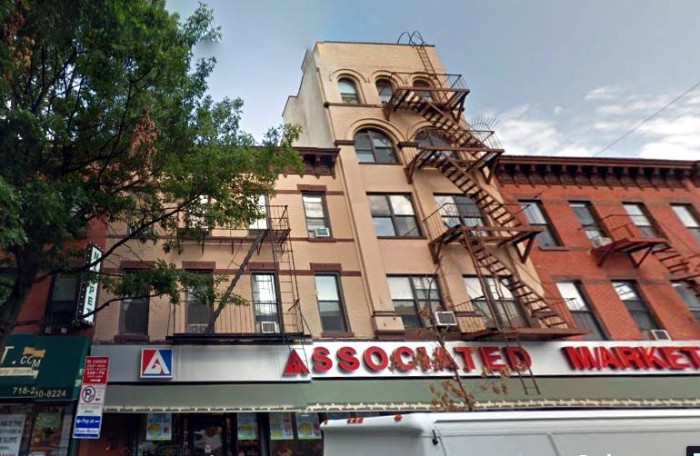

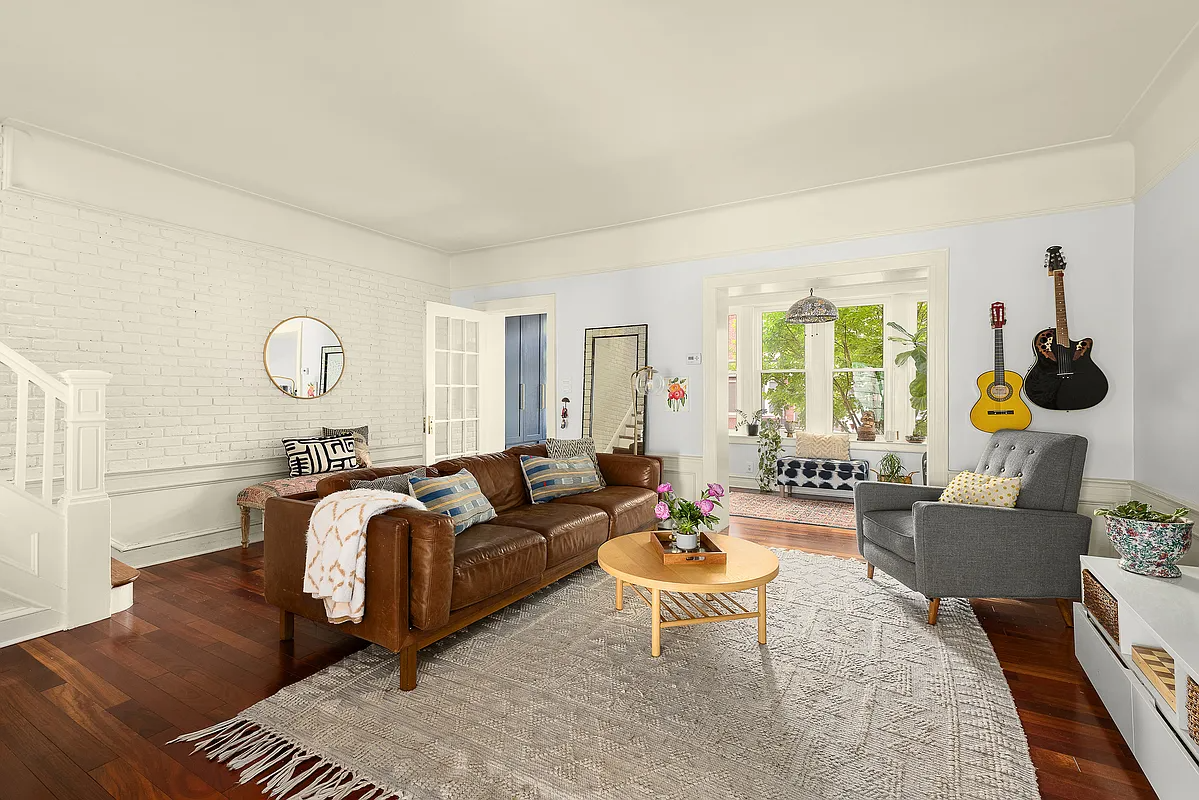
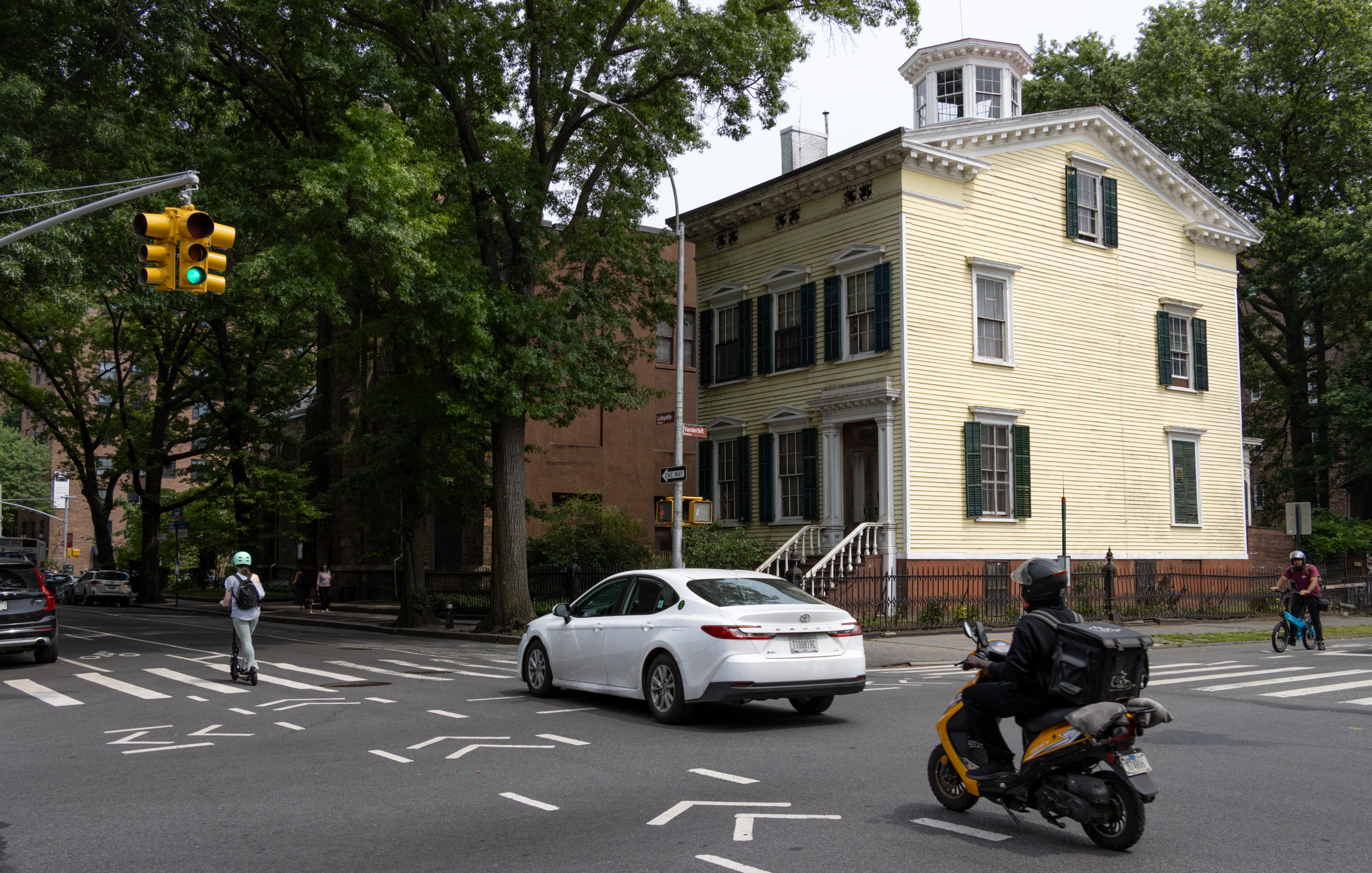
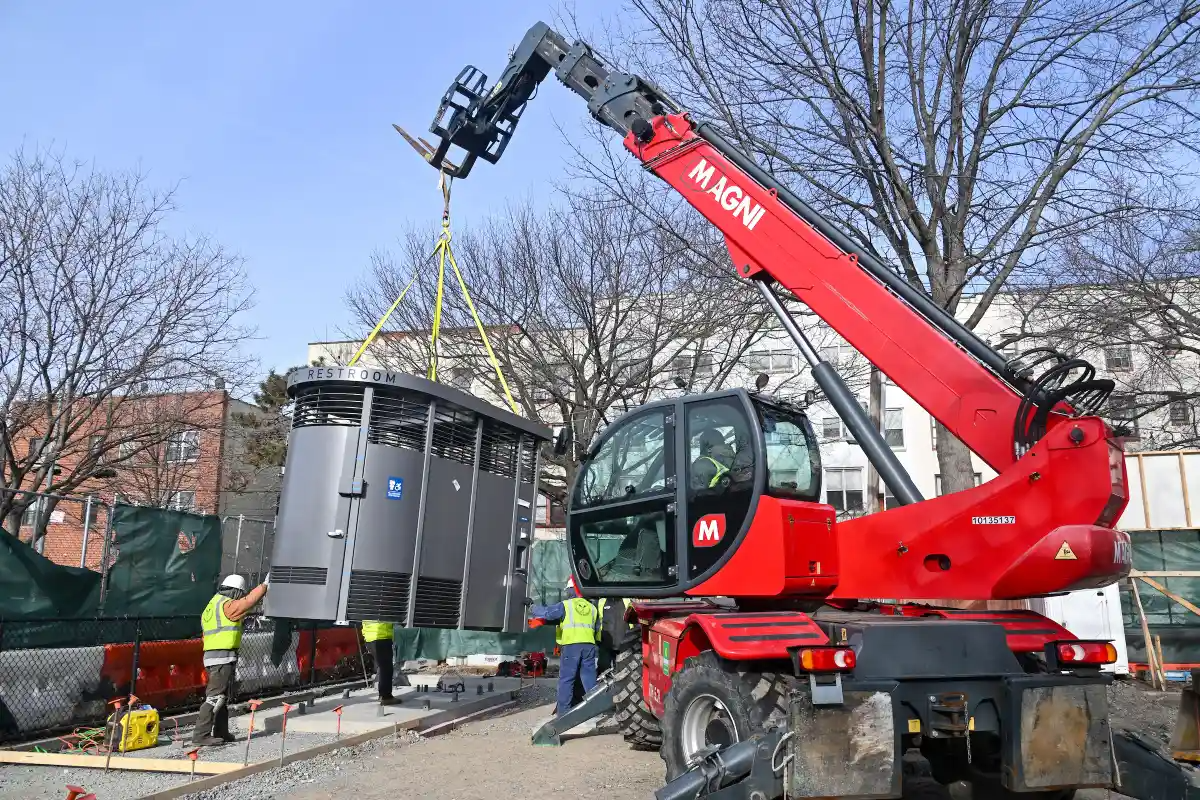

What's Your Take? Leave a Comment